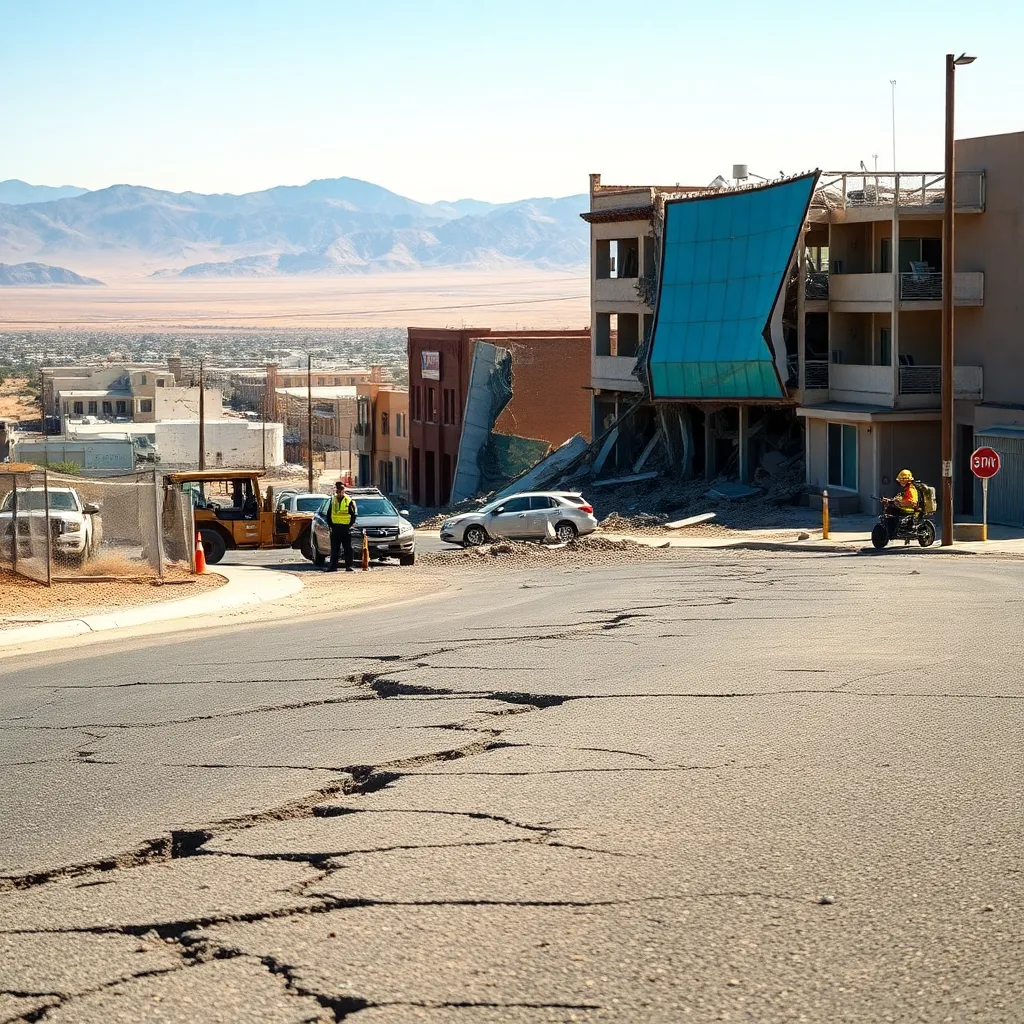
A powerful 6.4 magnitude earthquake struck Southern California early Friday morning, jolting residents awake and causing widespread damage across a significant area. The epicenter was located near Ridgecrest, a city in the Mojave Desert, approximately 150 miles northeast of Los Angeles. The quake, which hit at approximately 10:33 AM Pacific Time, was followed by numerous aftershocks, several of which exceeded magnitude 5.0, further unsettling the already shaken region.
The impact of the earthquake has been felt across a broad swathe of Southern California. Reports are flooding in of damaged buildings, including cracked walls, broken windows, and collapsed structures in Ridgecrest and surrounding communities. Power outages are widespread, and emergency services are struggling to cope with the high volume of calls for help. While initial reports suggest injuries, the full extent of casualties is yet to be determined as rescue efforts are underway.
The US Geological Survey (USGS) has issued warnings about the potential for further strong aftershocks in the coming days and weeks. Residents are urged to remain vigilant and follow safety guidelines issued by local authorities. This includes checking for structural damage to their homes, having an emergency kit readily available, and being prepared to evacuate if necessary.
The economic impact of the earthquake is also expected to be significant. Damage to infrastructure, businesses, and homes will likely cost millions of dollars to repair. The disruption to transportation and supply chains could also have far-reaching consequences.
This earthquake serves as a stark reminder of the seismic vulnerability of Southern California, a region situated on the highly active San Andreas Fault system. While earthquakes of this magnitude are not uncommon in the area, the intensity and widespread impact of this event underscore the importance of preparedness and the need for continued investment in earthquake-resistant infrastructure. The coming days will be crucial in assessing the full extent of the damage and coordinating the relief efforts needed to support those affected.





